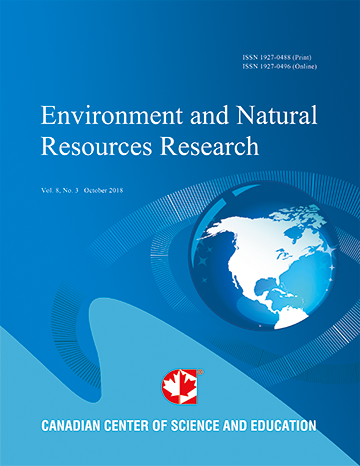Characteristics of Human-Wildlife Conflicts in Kenya: Examples of Tsavo and Maasai Mara Regions
- Joseph M. Mukeka
- Joseph O. Ogutu
- Erustus Kanga
- Eivin Roskaft
Abstract
Human-wildlife conflict (HWC) is a widespread and persistent challenge to conservation. However, relatively few studies have thus far examined long-term monitoring data to quantify how the type, and severity of HWC varies across species, seasons, years and ecosystems. Here, we examine human-wildlife conflicts in Tsavo and Maasai Mara, two premier wildlife conservation areas in Kenya. Using Kenya Wildlife Service (KWS) data (2001-2016), we show that both the type and severity of conflicts vary among species such that the African elephant (Loxodonta africana), is the leading conflict species in both the Tsavo (64.3%, n= 30664) and Mara (47.0%, n=12487) ecosystems. The next four most notorious conflict animals, in decreasing order, are nonhuman primates (Tsavo 11.4%, n=3502; Mara 11.8%, n=1473), African buffalo (Syncerus caffer, Tsavo 5.5%, n=1676; Mara 11.3%, n=1410), lion (Panthera leo,Tsavo 3.6%, n=1107; Mara 3.3%, n=416) and spotted hyena (Crocuta crocuta, Tsavo 2.4%, n=744; Mara 5.8%, n=729). We group the observed conflict incidences (n= 43,151) into four major conflict types, including crop raiding, the most common conflict type, followed by human and livestock attacks and property damage. The severity of conflicts also varies markedly seasonally and inter-annually. Crop raiding peaks in May-July, during and at the end of the wet season when crops are maturing but is lowest in November during the late dry season and beginning of the early rains. Attacks on humans and livestock increased more than other conflict types in both Tsavo (from 2001) and Mara (from 2013). Relatively fewer people in Mara (7.2%, n=901) than in Tsavo (38.2%, n = 11714) felt threatened by wildlife, suggesting that the Maasai people are more tolerant of wildlife. Minimizing HWC is tightly linked to successfully resolving the broader conservation challenges, including enhancing ecosystem connectivity, community engagement and conservation benefits to communities.
- Full Text:
 PDF
PDF
- DOI:10.5539/enrr.v8n3p148
Journal Metrics
Google-based Impact Factor (2016): 6.22
h-index (November 2017): 12
i10-index (November 2017): 19
h5-index (November 2017): 11
h5-median (November 2017): 12
Index
Contact
- Emily LinEditorial Assistant
- enrr@ccsenet.org
